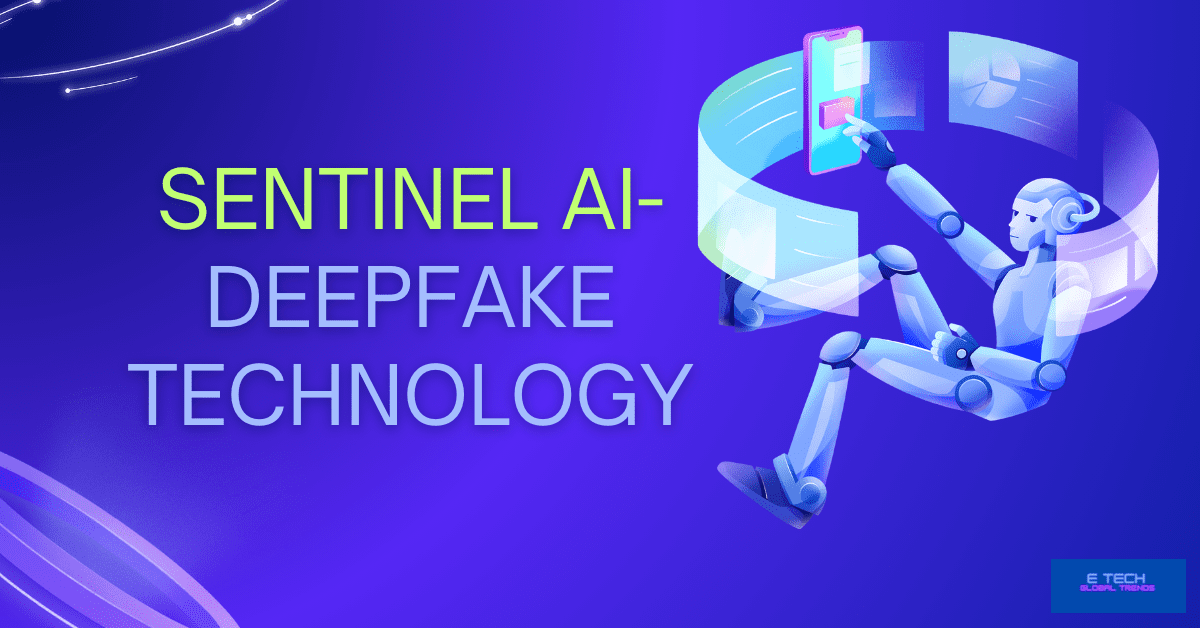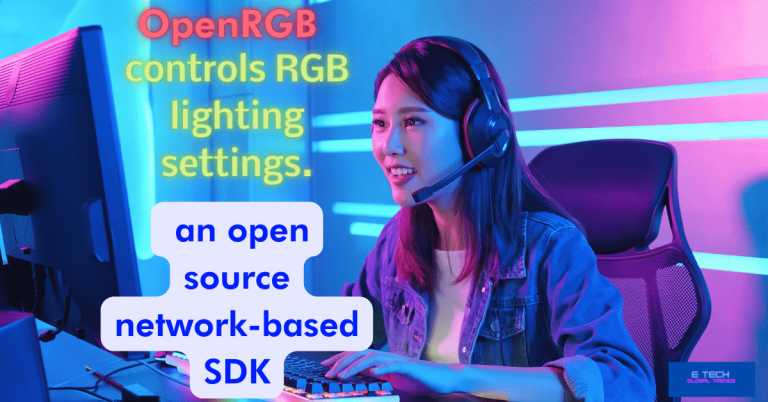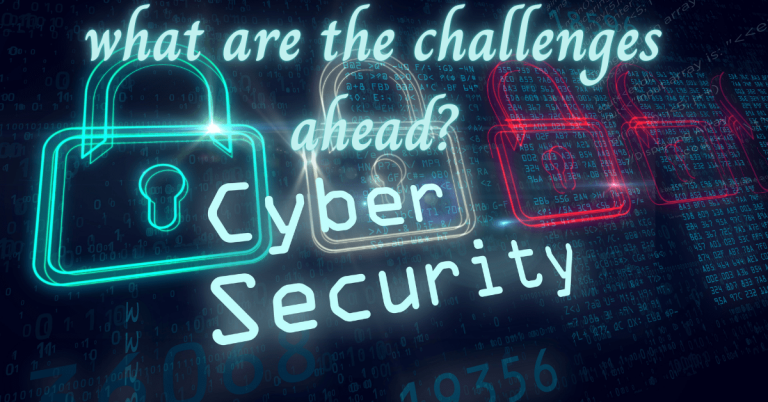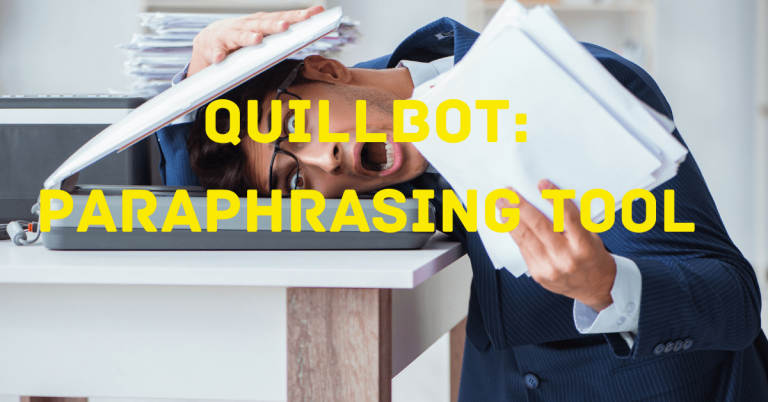Sentinel Ai
This is a program that detects visual deepfakes. Sentinel AI evaluates whether or not a video is a deepfake once users submit it. Sentinel is there to help you and then provides a report called “visualization of manipulation” that explains why the video was detected as a deepfake. To date, the firm has received $1.4 million in venture capital. Sentinel AI is a subset of the Deepfake Identification megatrend.
Advances in generative AI have substantially simplified the process of making deepfakes.
Furthermore, according to some studies, deepfake videos have risen yearly since 2018. This scenario is driving consumer interest in deepfake detection technologies. queries for “deepfake detection” have more than quadrupled in the previous 24 months.
Before explaining this sentinel software, we include some important aspects that you should know.
What is Deepfake?
Overview of Deepfake Technologies.
Recent years have seen a major increase in interest in deepfake technology, which is completely changing how we see and consume information. It describes the application of deep learning and artificial intelligence (AI) to produce incredibly lifelike and sometimes misleading multimedia content,
including;
- audio,
- video, and
- photographs,
in which people seem to say or do things that never did. Because deepfakes can make it difficult to distinguish between fact and fiction,
there are questions regarding the hazards and ethical ramifications of using them.
We explore the basic ideas, data processing methods, training approaches, and potential uses of this state-of-the-art technology as we dig into the internal functions of deepfake AI. it also looks at the difficulties in detecting and mitigating deepfakes.
Deepfakes: What Are They?
Similar to chameleons in the digital realm, deepfakes allow one person’s face to appear magically on another’s body in a picture or video. Essentially, it’s a type of (AI) technology that generates realistic-looking visual and audio information through the use of algorithms. For videos, it’s similar to Photoshop on steroids.
How can recognize a deepfake?
It’s not too difficult if you know the method.
1.0 Search for unusual visuals:
Keep an eye out for any abnormal movements, irregular blinking patterns, or inconsistent facial expressions that might point to a deepfake. Examine the face for warped or fuzzy borders, as well as strange lighting anomalies.
2.0 Check for anomalies in the audio.
Pay great attention to the audio since deepfakes can have minute irregularities in speech patterns or glitches that highlight their artificiality. Inspect the voice for any alterations in quality or distortion.
3.0 Refer to many sources cross-referenced.
Check whether media content is real by cross-referencing it with information from other trustworthy sources or by comparing it to previously released audio or video from the same incident or person.
Deepfakes: A Definition of Artificial Intelligence
AI is similar to the mind that creates deepfakes. the technology that gives computers the ability to think and learn much like people, without the bothersome feelings and pizza cravings.
Deepfakes are fake movies or images that look real enough to trick even the most perceptive viewers. The production of AI algorithms that scan enormous volumes of data to learn how to modify visual and aural information.
Deepfake AI combines machine learning with deep learning.
Two powerful techniques are noteworthy in Deepfake AI. deep learning and machine learning. A system of example-based learning and machine learning work together. this training detects patterns and creates realistic-looking fakes with the aid of a substantial library of real and modify movies and photos. On the other hand, deep learning goes further (pun intended). By utilizing neural networks that mimic the structure of the human brain for analysis and modification, Deepfakes make to sound more authentic.
How to do this?
Gathering and Preparing Data for the Creation of Deepfakes
1.0 Deepfake Training Data Sources
Deepfake production with AI algorithms that require a large amount of training data. This information may originate from several places, including openly accessible films, videos, and social media. AI algorithms have an abundance of films at their disposal, providing them with a sandbox to explore and mimic.
But it’s crucial to remember that it’s strictly forbidden to use someone else’s photo or video without that person’s permission. Keep the deepfakes lighthearted, not spooky.
2.0 2nd one is -Methods of Preprocessing Data for the Creation of Deepfakes.
Before AI algorithms can do their magic, the training data must undergo some minor modifications once it has been gathered. Data preparation consists of sanitizing the data so that the algorithms can understand it by eliminating noise and inconsistencies. Put another way, picture it as organizing a disorganized room before a party. This will allow the algorithms to concentrate on producing beautiful deepfakes.
3.0 Using Generative Adversarial Networks (GANs) for Deepfake Model Training
Overview of Generative Adversarial Networks (GANs)
Deepfake superheroes are Generative Adversarial Networks also GANs for short. They are made up of the Generator & the Discriminator, two neural networks that collaborate to produce lifelike fakes. The Discriminator attempts to discern phony pictures or videos from real ones, while the Generator creates them. In their cosmic war, the Generator constantly advances to deceive the Discriminator, producing astonishingly lifelike deepfakes.
GANs’ Training Procedure for Deepfake Creation
Teaching a wild youngster to behave is analogous to training GANs for deepfakes. The Generator and discriminator compete against one another and learn from each other’s mistakes, thus there is a lot of trial and error involved. Every training cycle improves the Generator’s ability to produce deeper, more realistic deepfakes, while also strengthening the Discriminator’s ability to identify them. Two neural networks are dancing in an intriguing way that continuously blurs the lines between reality and illusion.
That concludes our jovial exploration of the realm of deepfake AI. Never forget that while deepfakes may be amusing and interesting, let’s utilize them sensibly and with consideration for others.
Deepfake AI Face Swapping Techniques
Aligning and Detecting Landmarks for Face Swapping.
Deepfake AI uses complex algorithms to flawlessly switch faces.
The identification and alignment of landmarks is an important stage in this procedure. of essence, the AI program matches the relevant elements of the target face with important facial landmarks like the lips, nose, and eyes.
This guarantees that the replaced face seems realistic and moves in unison with the original face.
Transferring Facial Features Using Deep Neural Networks
Deep neural network use is another crucial component of deepfake technology. Large volumes of data are using to train these networks so they can recognize each person’s distinct facial traits. After they are taught, they may successfully replace the natural face with a synthetic one by transferring these traits from one face to another.
Complex algorithms are there in this process to match the features of the source and target faces, producing a smooth and authentic deepfake.
Deepfake Voice and Audio Manipulation
Voice Cloning and Speech Synthesis in Deepfakes.
Audio and speech may also be manipulated using deepfake technology in addition to visuals.
AI algorithms may produce synthetic speech that remarkably resembles a particular individual by employing voice cloning and speech synthesis techniques.
These algorithms enable them to precisely mimic the target person’s voice in a deepfake video by analyzing their speech patterns, intonations, and vocal rhythms.
Sound Processing Methods for Lifelike Deepfake Sounds
Several audio processing methods are used to increase the reality of deepfake audio.
These methods entail modifying the artificial speech’s pitch, loudness, and other features to more closely resemble the target individual.
Furthermore, ambient elements and background noise may adjust to guarantee that the deepfake audio synchronizes perfectly with the corresponding pictures. Deepfake videos are more credible overall because of these alterations.
How does Deepfake work?
Deepfake AI creates incredibly lifelike fake films and pictures by utilizing machine learning techniques like GANs. Deepfakes, albeit first restricted, have quickly spread, becoming more widely available and challenging to identify.
This presents dangers for abuse and challenges to the credibility of the media.
Digital forensics methods, AI detection tools, and indicators of deepfake manipulation are all described in the article as ways to validate information. To counter Deepfake risks, it places a strong emphasis on user education, multi-factor authentication, and crucial information evaluation.
How does recognize Deepfake AI audio & video?
As Deepfake AI sounds and movies are produced with ever-improving technology, identifying them might be difficult.
Nonetheless, several approaches and strategies might support their detection.
How does it happen?
1.0 Artifacts and inconsistencies
Search for any possible visual or aural artifacts in the Deepfake. These might include odd reflections, unusual facial motions, or audio problems. Uneven shadows and lighting.
Take note of the video’s lighting and shadows. A deepfake may detect uneven shadows or inconsistent lighting on the subject’s face.
Unnatural eye movements, lip-syncing problems, and facial emotions can all be seen in deepfake films.
These might be indicators of deception.
Voice analysis
Look for any odd or inconsistent traits in the voice while analyzing audio deepfakes. Deepfake voices might not have the organic intonations and rhythms of human speech.
2.0 Context and the background
Examine the audio or video’s context and background. Deepfakes might not appropriately reflect the circumstances or surroundings.
3.0 Verify the source
Check the content’s source by trying to confirm it. There is a greater likelihood that it is a deepfake if it originates from an unreliable or dubious source.
4.0 Reverse image & audio search
Look for instances of the content online using reverse image & audio search engines. This might reveal that it is a deepfake.
5.0 Make use of Deepfake Detection Software
Several businesses and organizations have created tools to help detect altered information, including Deepfake detection software.
These instruments can scan audio and video files for indications of tampering.
6.0 Analysis by Experts
Since they could have access to more sophisticated instruments and methods for spotting deepfakes, consultants in the fields of forensics and Deepfake identification are a good resource.
7.0 Remain educated
Stay informed on the most recent advancements in Deepfake technology & detection techniques, as the competition for superiority between producers and detectors intensifies.
Recall that detection techniques might not always be accurate because deepfake technology is always developing.
When attempting to detect Deepfakes, it is important to approach the material with a critical perspective and take into account a variety of variables.
Dangers of Deepfake Technology
How does the technology make ethical issues?
1.0 Deepfake Technology’s Effects on Security and Privacy.
Deepfake technology is entertaining, but it also poses major ethical questions. The capacity to authentically modify sound and images might be dangerous for one’s security and privacy. Deepfakes can smear someone, propagate false information, or threaten gullible people. It is impossible to overlook the effect on relationships with others, reputation, and trust.
2.0 Misuse and Possible Consequences.
The deepfake technology has a great deal of potential for misuse. Deepfakes have the potential to destroy entire institutions and uses as a weapon for political propaganda, inciting violence or unrest. Their capacity for manipulation and deception can undermine public confidence and cause social unrest.
Wide-ranging and detrimental effects can result from deepfakes, ranging from fraudulent schemes to fake news.
Identifying and Countering Deepfakes: Present Methods and Upcoming Paths.
Are deepfakes always dangerous?
1.0 Not every Deepfake is making with malevolent intentions.
Some deepfakes are made for innocuous amusement or educational objectives, such as in video games or movies, while others may be made for evil intents like disseminating false information or swaying public opinion.
2. Context and intent are critical.
A deepfake’s potential for damage frequently hinges on its environment and the motivations behind its production and distribution. Before making any judgments on deepfakes, it is important to assess the possible effects and consequences.
Current Deepfake Detection Techniques
Researchers and IT businesses are working hard to create detection techniques as the deepfake issue gains traction. These methods entail;
- examining abnormalities such as distorted audio patterns,
- inconsistent face motions, and
- other signs of a deepfake.
While some detection techniques use forensic knowledge to spot manipulation indicators, others depend on machine learning algorithms.
Technological Developments and Obstacles in Deepfake Detection
Though deepfake detection has advanced, new obstacles arise as the technology keeps developing. The sophistication of deepfake algorithms is increasing, and detection techniques must adapt accordingly.
There’s a constant arms race going on between makers and detectors. Detection technology must be constantly improved to counter the growing risks, especially with the globalization of AI technologies and easy access to deepfake production techniques.
How can we prevent the detrimental impacts of deepfakes?
1.0 Enhancing technologies for detecting deepfakes.
To enable viewers to discern between authentic and manipulated media, researchers presently engage in the development of more complex algorithms and tools for the identification and flagging of deepfake material.
2.0 Enhancing critical thinking and media literacy:
By encouraging media literacy education, people may learn to be more critical information consumers and improve their capacity to spot and assess misinformation and deepfakes.
3.0 Creating frameworks for regulations.
Regulating and policing deepfake technology to address possible risks and hold those responsible for creating and disseminating harmful deepfakes accountable are initiatives being investigated by governments and tech corporations.
Summary
in conclusion. Deepfake technology is still developing and presents benefits as well as difficulties in several fields. While Sentinel Ai performs. Even while it presents intriguing opportunities for amusement and artistic expression, it is impossible to overlook the moral issues and potential abuse. As deepfake AI develops, it is essential to provide reliable detection techniques and laws to lessen the hazards connected with this technology. We may properly navigate this dynamic environment and seek to maximize its potential for good by remaining knowledgeable on deepfake methods and their ramifications. Through persistent investigation and attentiveness, we may endeavor towards a future in which deepfakes are employed ethically and responsibly, guaranteeing a secure and reliable online space for anyone.
hope this content helps.
read more on related topics here, Generative AI AI content detector







